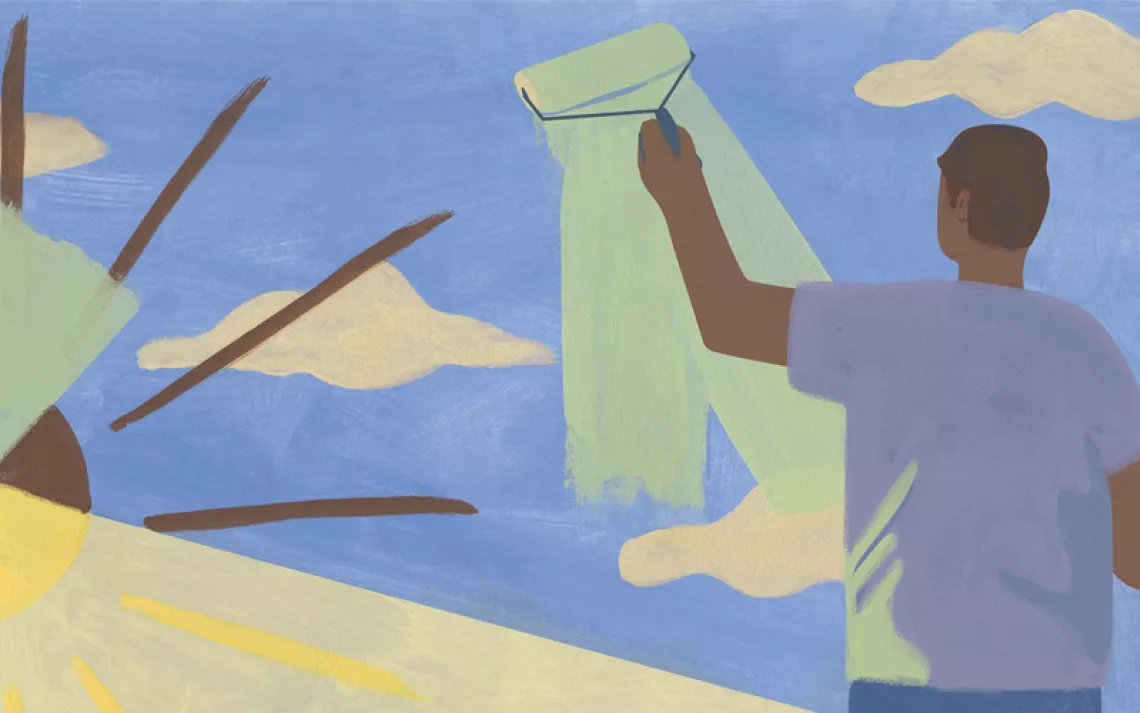The Literature of Solitude
Seven quarantine reads that connect time alone with the natural world
In quarantine, many of us are more alone than we’ve ever been, experiencing, for the first time, prolonged solitude. Such ample alone time can be many things at once: scary, stressful, revelatory, empowering. It can be hard to make sense of it. Luckily for us, plenty of bright minds throughout history have tackled the subject in engaging, thoughtful prose.
Compiled here is a small collection of mighty titles that explore the complex, beautiful, fascinating ties between solitude and the natural world. Humans are social animals, in need of others. But we are also animals, products of the natural world, in need of the great outdoors. Getting out into it alone can be profound. Here are some books that help to illuminate why.
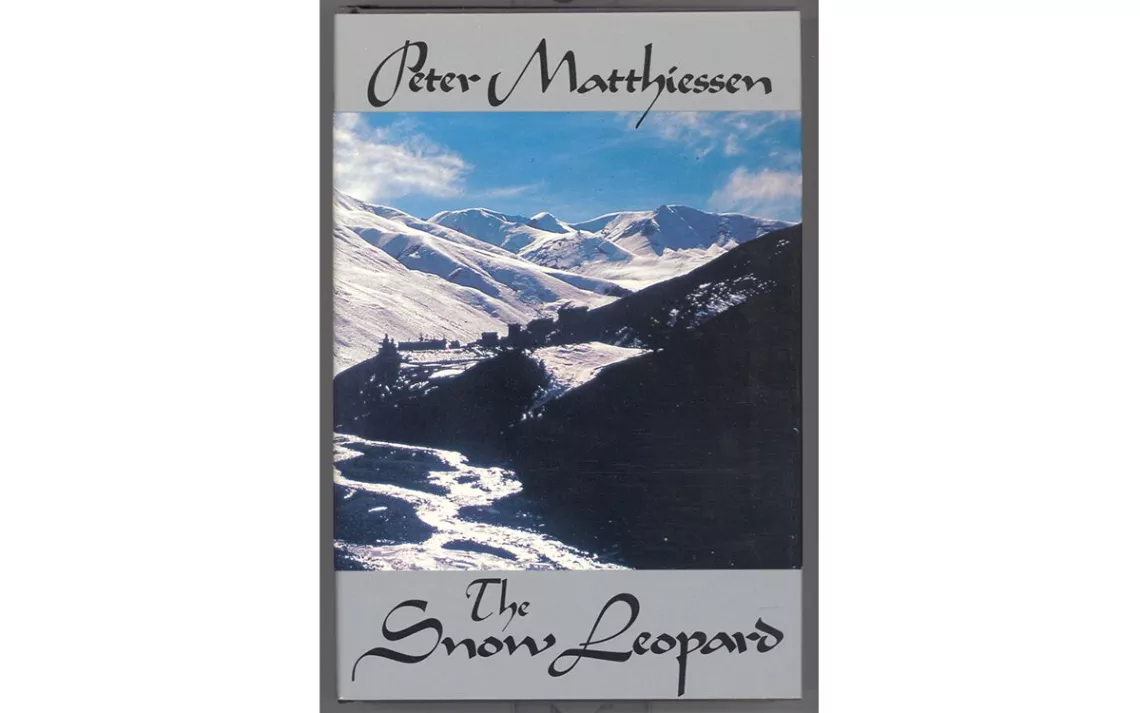
By Peter Matthiessen
Penguin Classics Press, 1978
On its face, this diary-cum-travelogue from one of the late masters of naturalist literature is about an arduous journey into the Nepali Himalayas alongside a biologist in search of rare sheep. But for Matthiessen, the outing was a profound, spiritual journey beneath the humbling grandeur of the world’s largest peaks and an opportunity to digest the slow, recent death of his wife. “Though Peter hiked in the Himalayas accompanied by porters, Sherpas, and a field biologist, he was alone in the same sense that people in a crowded Zendo are alone on their pillows while meditating,” said the writer Lance Richardson, who is at work on a biography of Matthiessen. “The book itself is an illustration of that solitary zazen practice: a diary record of paying attention, as closely as possible, to each passing moment, each footstep on the trail. This is what gives The Snow Leopard its astonishing lucidity.”

At the Center of All Beauty: Solitude and the Creative Life
By Fenton Johnson
W.W. Norton and Company, March 2020
This new title is a meditation on human solitude and the role of "solitaries" in society. The author, a novelist and memoirist originally from the Trappist territory of Kentucky, lays out an eloquent defense of choosing the solitary life. Beyond his own prosaic musings on the subject, much influenced by his many solo jaunts through his Appalachian homeland, Johnson explores solitude as it was experienced by such figures as Henry David Thoreau, Walt Whitman, Emily Dickinson, Zora Neale Hurston, Nina Simone, and others. Binding together this diverse group of “solitaries” is “an intense consciousness of self . . . an indifference to developing or inability to develop a protective shell.”

By John Muir
Sierra Club Books, 1894
No stranger to Sierra readers, John Muir, that bearded Scottish American environmentalist doyen, is regarded as a founder of the American conservation movement. Lauded for his efforts to ensure protective status for Yosemite and other natural areas, he is also remembered as one of our most poetic writers on the outdoors. In none of his many books is Muir’s literary prowess on heartier display than in this, his ode to the Sierras. In 1868, Muir began six years of ecological study in those mountains, which he calls “the Range of Light, the most divinely beautiful of all the mountain chains I have ever seen.” Recounted in this book are Muir’s many outings into that awe-inspiring place alongside geological and natural histories as well as many sketches.

By Helen Waddell
Vintage, March 1998
“The first solitary hermits, later to be known as the Desert Fathers, left the material comforts, worldly politics, and secular social distractions of urban Egyptian life for the forbidding solitude of the Nile desert region,” begins the early-20th-century Irish poet and translator Helen Waddell in her seminal book on Christianity’s wild roots. These early hermits, from around 250 to 400 A.D., were both men and women and sought spiritual fulfillment by means of intense isolation. It was a hard, dangerous life out in the deserts of Egypt and Palestine. The hermits were fleeing religious persecution in their societies, so their reasons for getting out were partially practical. But they also hoped that the immensity of the desert wilderness would enrich their spirits in a way that no peopled place could. Their tales and nuggets of wisdom are compiled here.
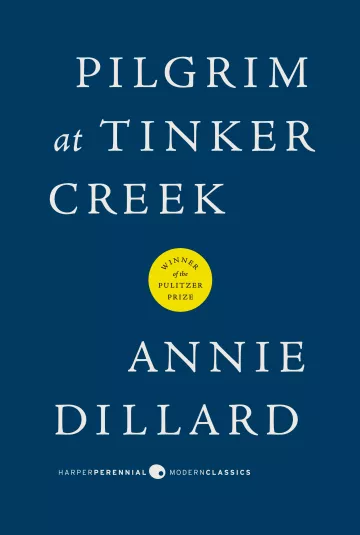
By Annie Dillard
Harper Perennial Modern Classics, 1974
Annie Dillard’s excellent chronicle of solitary exploration in backwoods reads like a modern version of Walden, which, in fact, Dillard completed a master’s thesis about. But this thoroughly enjoyable book is no copycat. The Virginia Valley is the setting through which an endlessly curious Dillard romps in a series of outings over a year, splashing through creeks, peering up trees, and searching under logs. In profound and often humorous prose, the author ponders the benefits of solitude and the complexities of nature, what she calls “beauty tangled in a rapture with violence.” For good reason, the book won the Pulitzer in 1975 for nonfiction.
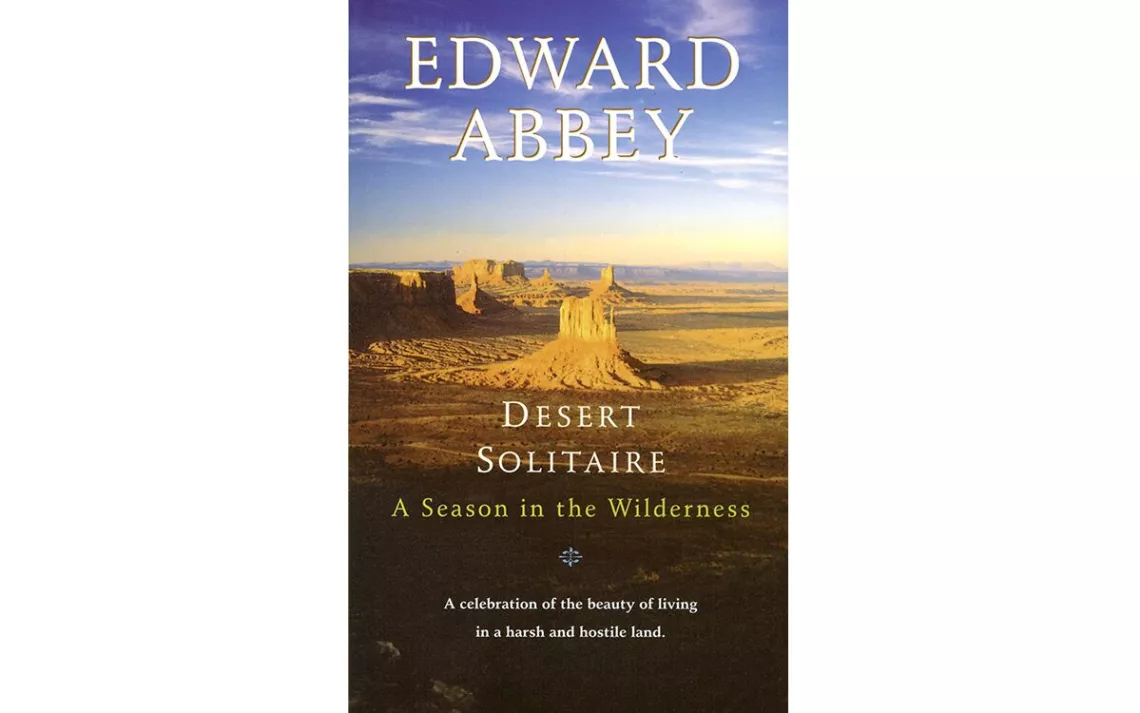
Desert Solitaire: A Season in the Wilderness
By Edward Abbey
McGraw Hill, 1968
In the late 1950s, Edward Abbey worked two seasons as a park ranger at the stunning Arches National Monument, near Moab in eastern Utah. Living in a house trailer provided by the service as well as a ramada he built, Abbey collected the experiences that would make up his best-known work. The book recounts those experiences in a series of vignettes, all interspersed with musings and polemics on the environment, humanity’s responsibility to protect it, and the ways in which we fail to do so (over-tourism in wild areas is a frequent target of Abbey’s). For him, the desert of the Colorado Plateau is a generous muse, one he is able to praise without infantilizing. “The finest quality of this stone, these plants and animals, this desert landscape is the indifference manifest to our presence, our absence, our staying or our going,” he writes. “Whether we live or die is a matter of absolutely no concern whatsoever to the desert.”
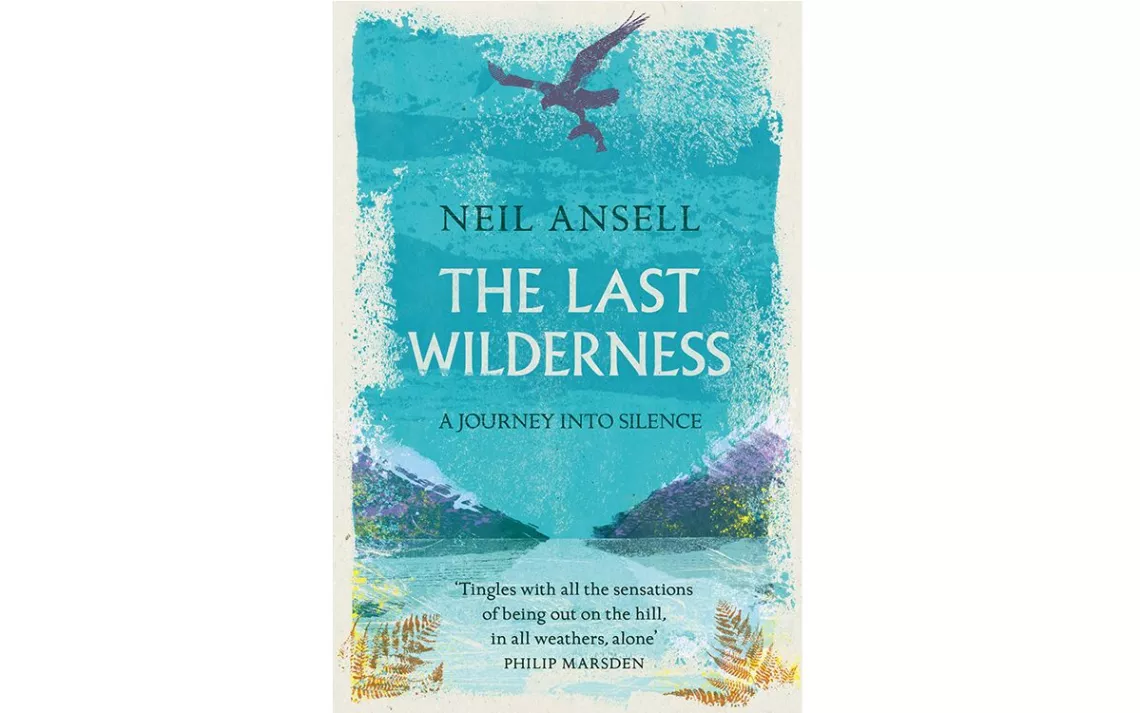
The Last Wilderness: A Journey Into Silence
By Neil Ansell
Tinder Press, January 2018
Poignant and lyrical, this book from a gifted recorder of remote wilderness centers around five trips to the same area, the Rough Bounds region of the Scottish Highlands. Ansell’s relationship to nature in the wake of his deteriorating hearing is a recurring theme. “I could hear the chatter of fieldfares, but the redwings were gone to me,” he writes. Ansell is an articulate chronicler of the attraction of “life as a solitary wanderer, and the freedom to follow my whims without discussion or compromise.” He makes a point of spelling out that a love of solitude does not mean a distaste for socializing. Rather, “It is just that company has become something that I feel I can manage perfectly well without.” What could be wrong with that?
 The Magazine of The Sierra Club
The Magazine of The Sierra Club


